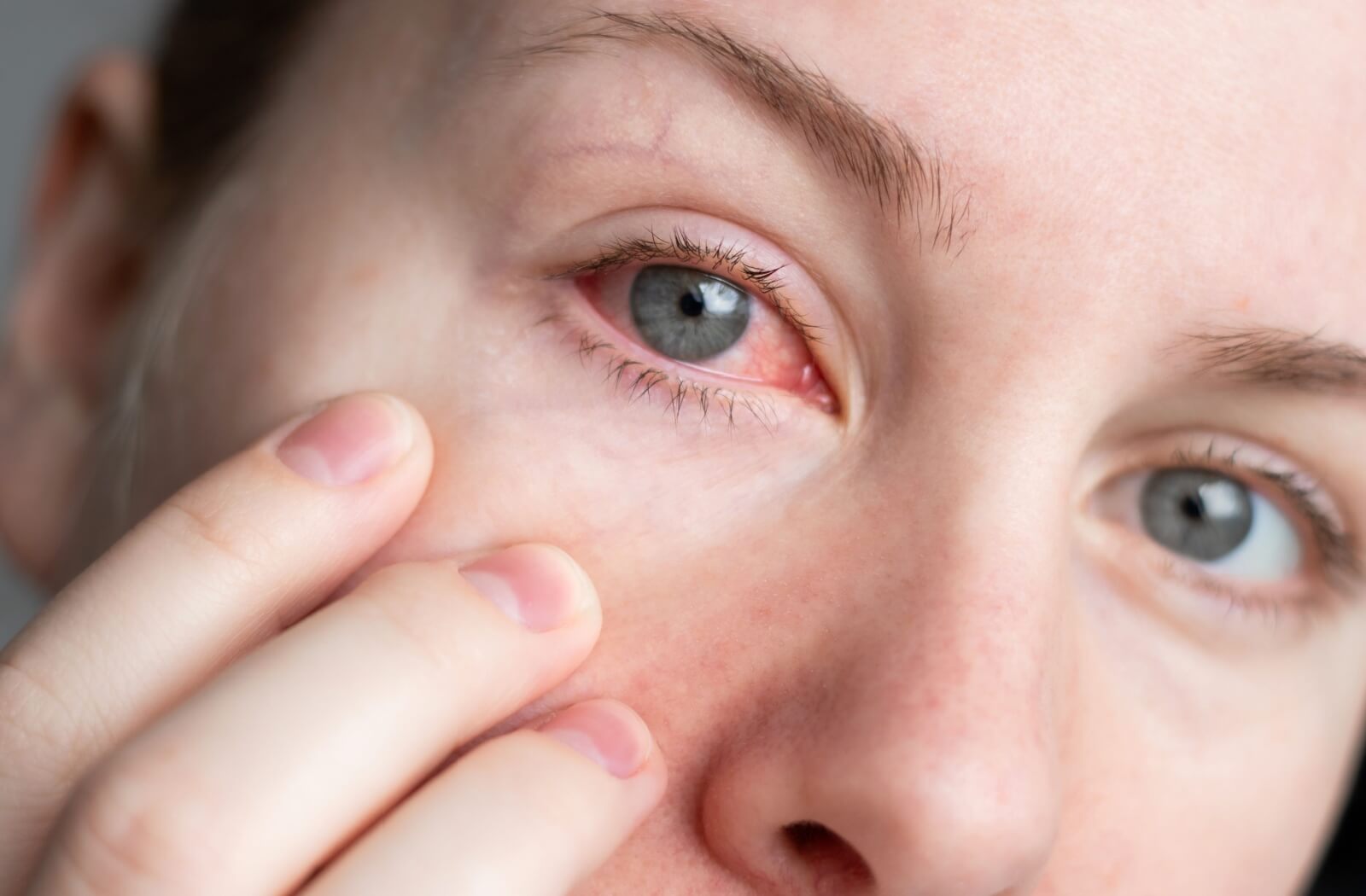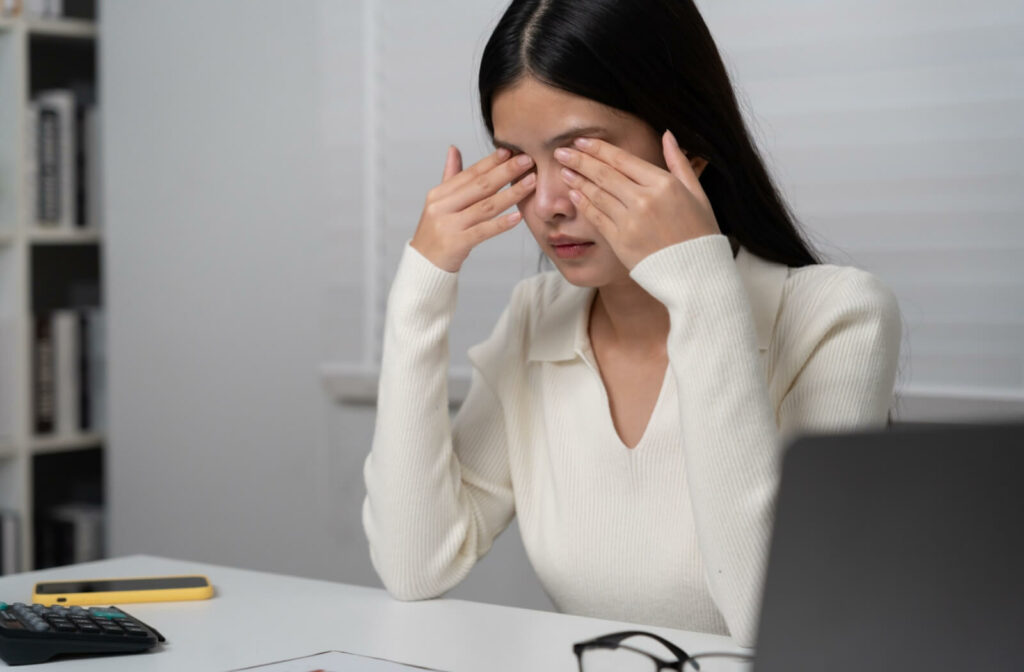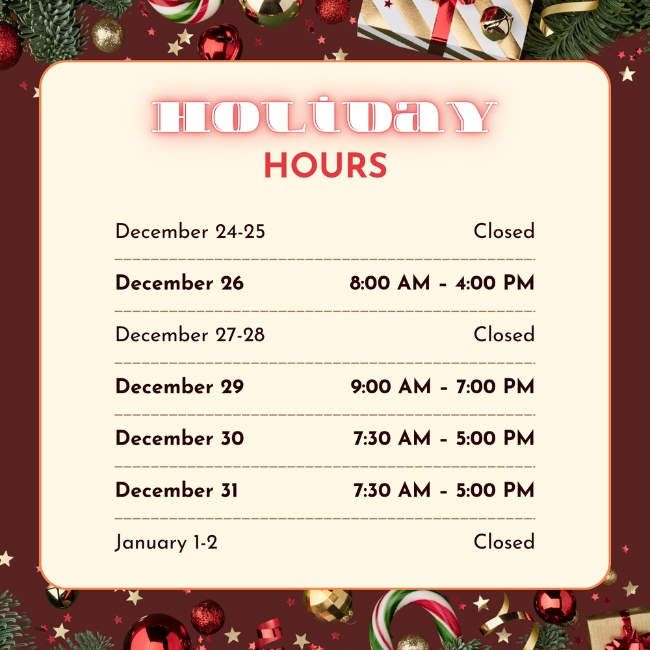When your eyes feel scratchy, red, or just plain uncomfortable, it’s hard to focus on anything else. This gritty feeling can interrupt your workday, make reading difficult, and even turn a pleasant drive into a blurry challenge. Understanding what’s causing your discomfort is the first step toward finding solutions for your eye discomfort and getting back to your day.
You can often tell if you have dry eyes by recognizing common signs like a stinging or scratchy sensation, redness, and increased sensitivity to light. Dry eye symptoms can range from a minor annoyance to a significant disruption, but paying attention to what your eyes are telling you is key.
If you’re experiencing dry eye-related issues, professional dry eye treatment options can provide lasting relief.
What Dry Eyes Feel & Look Like
Common symptoms of dry eye disease include:
- A stinging, burning, or scratchy sensation
- The feeling that something is in your eyes
- Eye redness or irritation
- Increased sensitivity to light
- Watery eyes (this is your body trying to lubricate your eyes)
- Blurred vision or tired eyes (also symptoms of digital eye strain)
- Stringy mucus in or around the eyes
- Difficulty with nighttime driving
- Discomfort when you wear contact lenses
Common Causes of Dry Eyes
A healthy tear film keeps your eyes lubricated and protected from the environment. Problems with any of the three layers of your tear film—oil, water, and mucus—can lead to dry eye symptoms.
There are two main overall causes of dry eye:
Decreased Tear Production
Sometimes, your eyes just don’t produce enough of the watery part of your tears. This can be related to age, certain medical conditions, or even side effects of some medications. When tear volume is low, your eyes don’t get the moisture they need.
Increased Tear Evaporation
Your tears may evaporate too quickly if they don’t have the right balance of oil and mucus. Such imbalances are often caused by blockages of the meibomian glands, the glands that supply oils for your tears.
Risk Factors for Dry Eye
Certain factors can increase your risk of developing dry eye. Being aware of these can help you connect your lifestyle to your symptoms.
- Age: Research shows that tear production often decreases as we get older, particularly after age 50.
- Gender: Women may experience dry eye more often, especially due to hormonal changes from pregnancy or menopause.
- Diet: A diet low in vitamin A or omega-3 fatty acids can contribute to symptoms.
- Contact Lenses: Long-term use of contact lenses is a common risk factor for eye dryness, making regular contact lens exams essential.

Conditions That Can Seem Like Dry Eye
Dry eye shares symptoms with several other eye conditions. Some of these include:
- Eye Allergies, also known as allergic conjunctivitis
- Blepharitis—or inflamed eyelids
- Certain skin disorders
A professional opinion can help distinguish between these conditions.
Simple Ways to Find Relief at Home
If you have dry eye symptoms, a few small adjustments can help your eyes feel more comfortable.
Adjust Your Environment
Pay attention to the air around you. Try to avoid having air blow directly into your eyes from fans, car heaters, or hair dryers. You can also use a humidifier to add much-needed moisture to the air inside your home.
Take Screen Breaks
When you work on a computer or read for a long time, remember to take periodic breaks. Following the 20-20-20 rule—looking at something 20 feet away for 20 seconds every 20 minutes—can also give your eyes a bit of a break.
Stay Hydrated & Eat Well
Drinking plenty of water throughout the day helps keep your entire body hydrated—your eyes included. Also, consider adding foods rich in omega-3 fatty acids to your diet. Salmon, walnuts, and flaxseed are great options to support your eye health.
Get Expert Advice
If at-home changes don’t provide enough relief and your symptoms persist, it may be time for a professional evaluation. A comprehensive eye exam can help identify the specific cause of your discomfort.
At Verona Vision Care, we always take the time to listen to your needs. So if you’re ready to get to the bottom of your eye discomfort, schedule a visit with us today.




